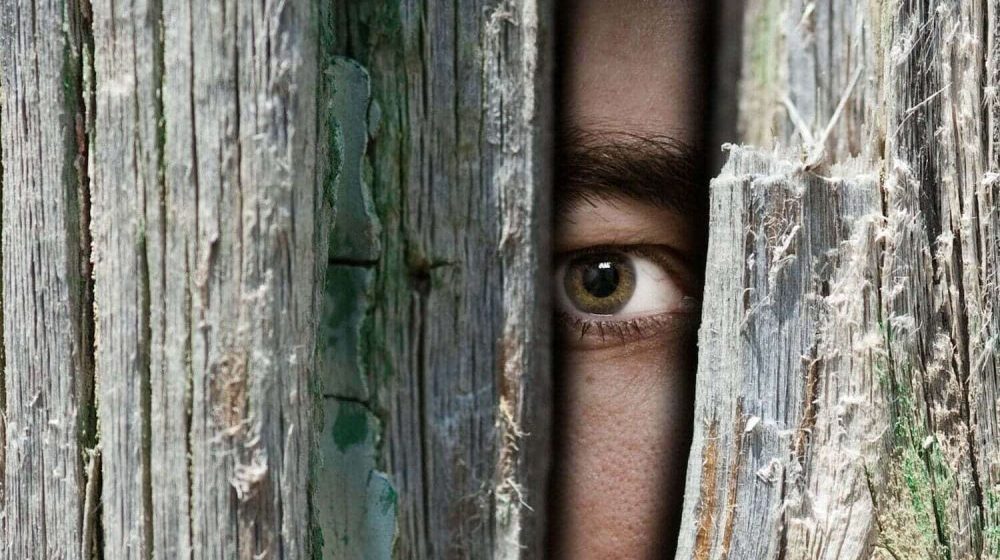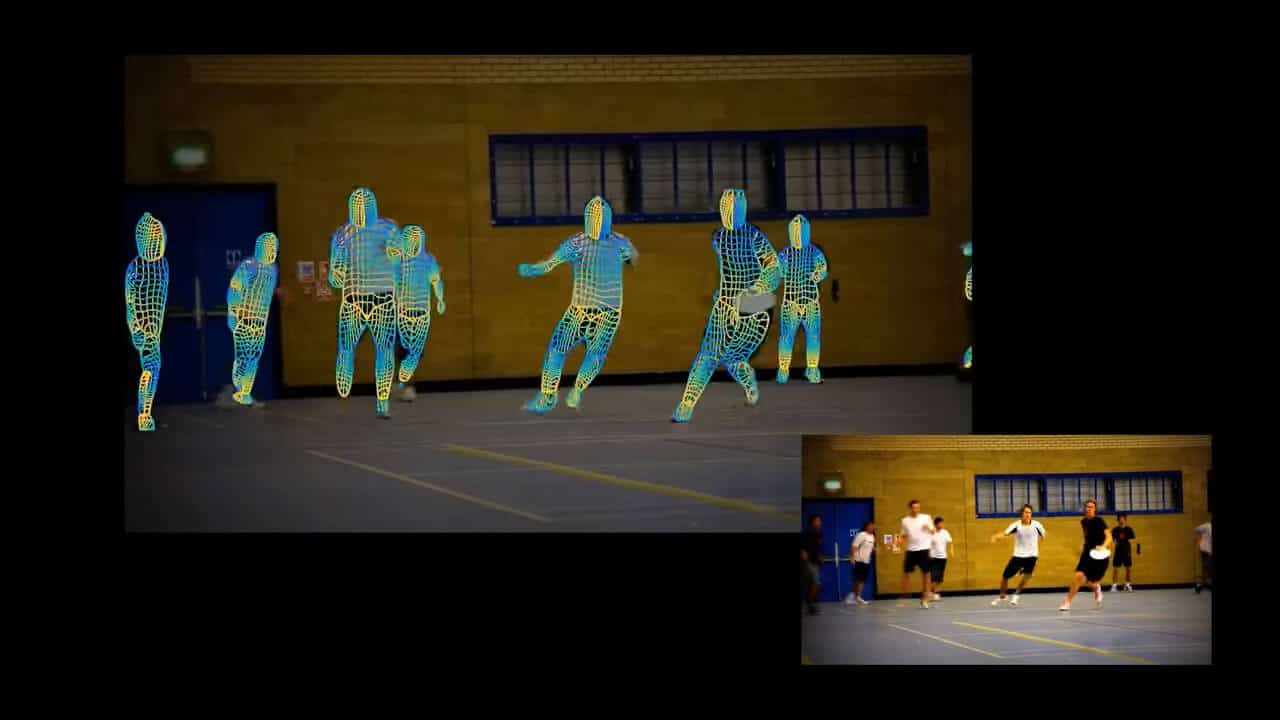At Carnegie Mellon University, researchers have transformed a standard piece of technology found in nearly every home into a tracking system.
Using the radio signals emitted from WiFi routers, they managed to identify and monitor the three-dimensional form and movements of human bodies within a room. Remarkably, they achieved this without resorting to cameras or costly LiDAR equipment.
The authors wrote in their study:
We believe that WiFi signals can serve as a ubiquitous substitute for RGB images for human sensing in certain instances. Illumination and occlusion have little effect on WiFi-based solutions used for interior monitoring. In addition, they protect individuals’ privacy and the required equipment can be bought at a reasonable price.
The researchers utilized DensePose, a system specifically designed for allocating every pixel on the surface of a human body in an image, created by a collaborative team from Facebook’s AI laboratory and a London-based group.
The strength of DensePose lies in its capacity to detect more than two dozen critical points and zones in the human anatomy, such as joints and various body parts like limbs, head, and torso. This allows the technology to accurately track a human body’s posture as well.
By integrating this extensive data with a deep neural network, the team successfully mapped the phase and amplitude of WiFi signals that were transmitted and received by routers to specific points on human bodies.
The researchers demonstrated this technique using three budget-friendly $30 WiFi routers and three corresponding receivers which deflected WiFi signals around the room’s walls.
The system was designed to disregard static objects and concentrate on signals echoed off moving items, subsequently rebuilding the stance of a person in an image reminiscent of radar. This process proved effective even when a wall separated the routers and the individuals involved.
This allowed the WiFi routers to see through a variety of different opaque objects such as drywall, wooden fences, and even concrete walls.
This isn’t the first time researchers have been able to create a tracking system that can see through walls, but the new study from Carnegie Mellon is able to create images in a much higher resolution. You can even tell what people are doing through their movements.























